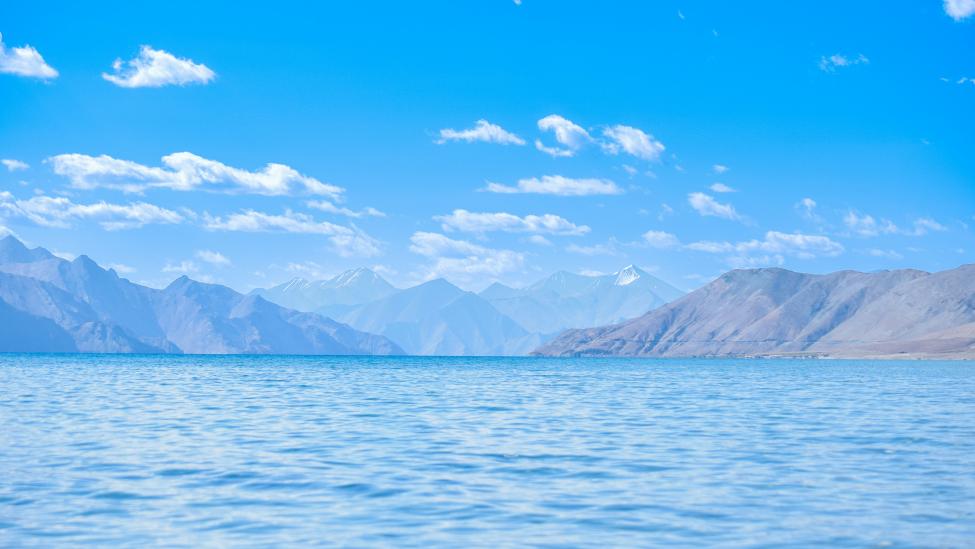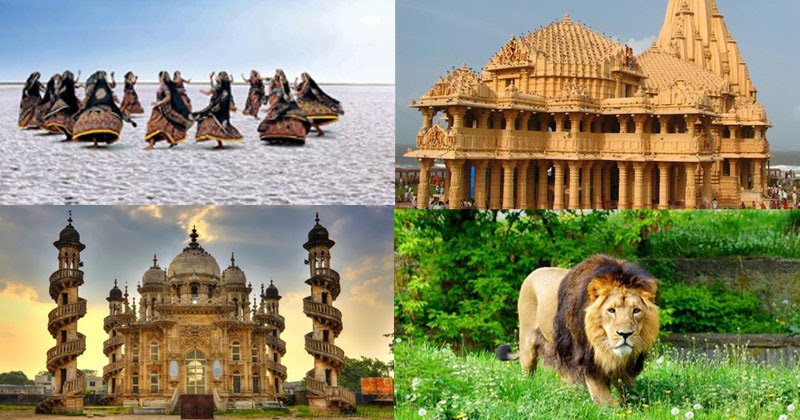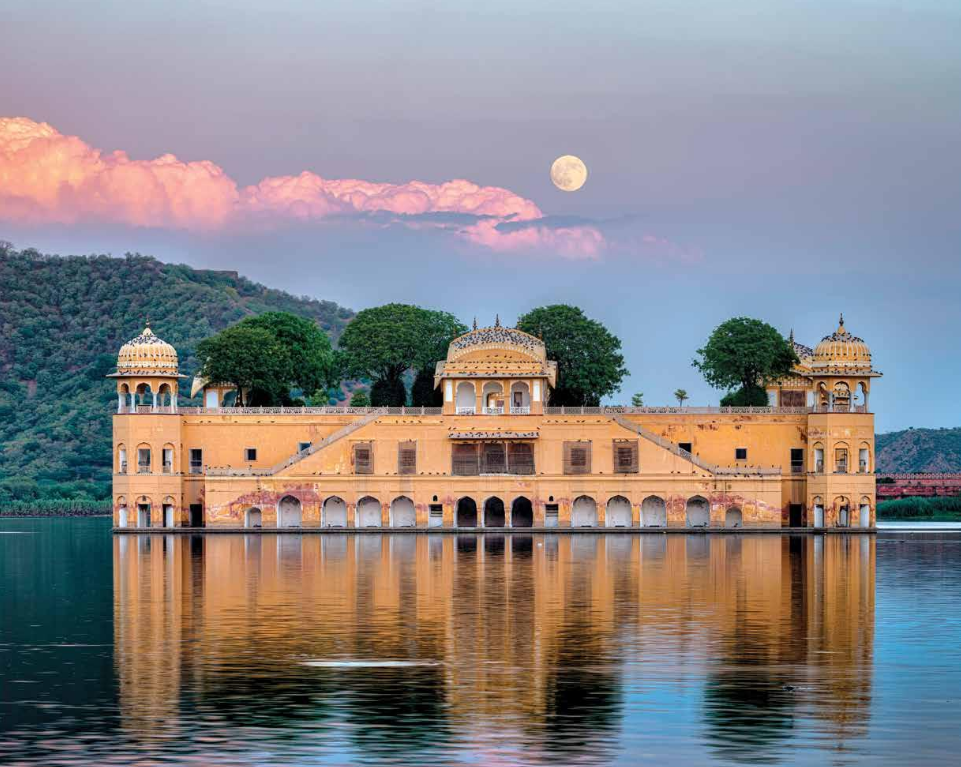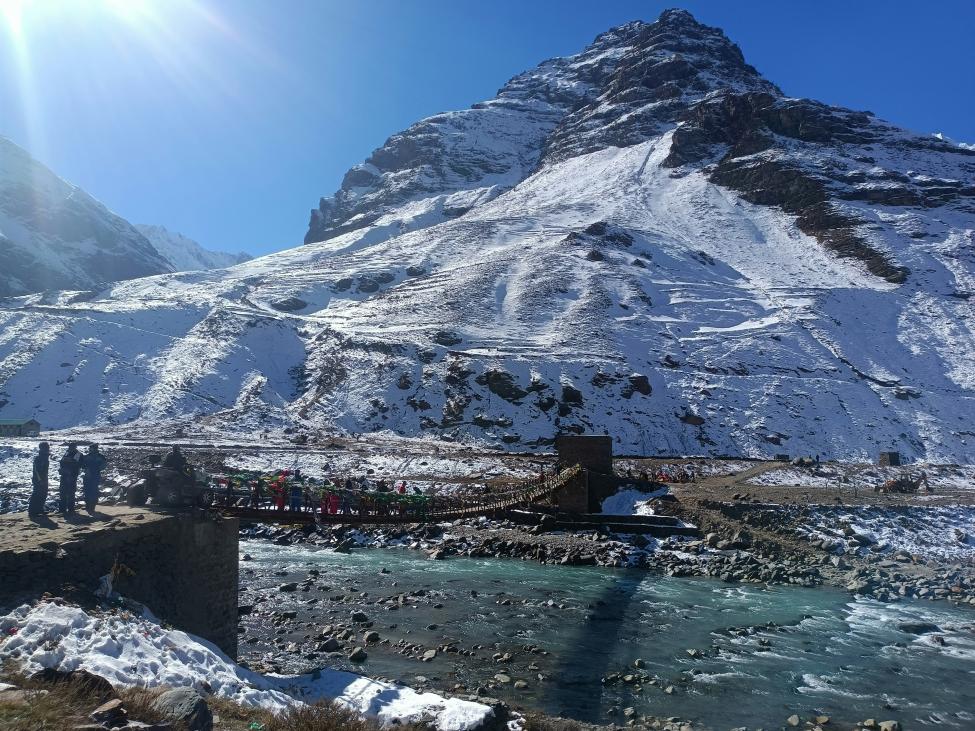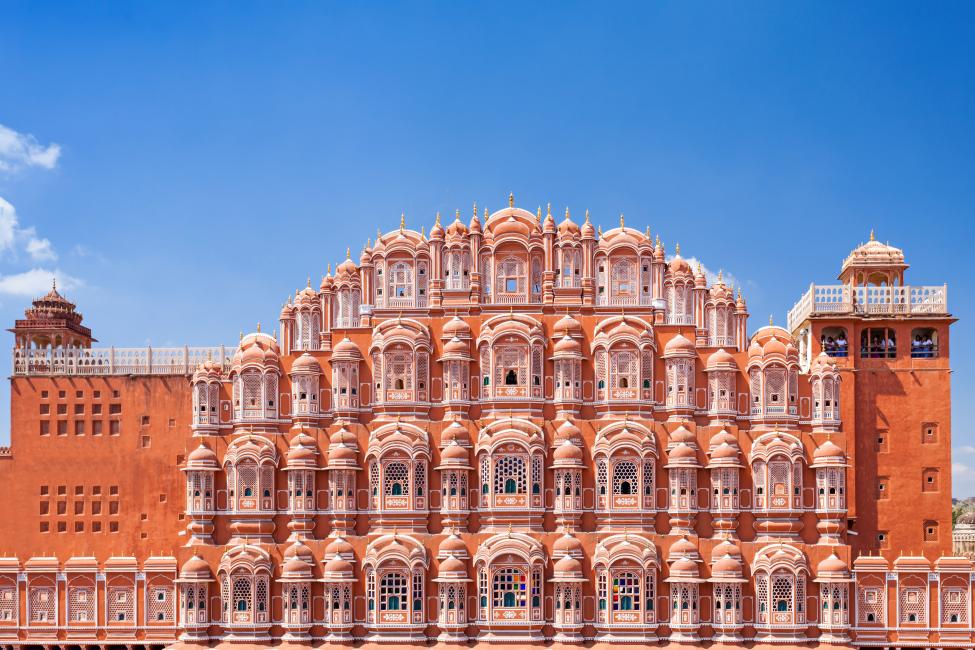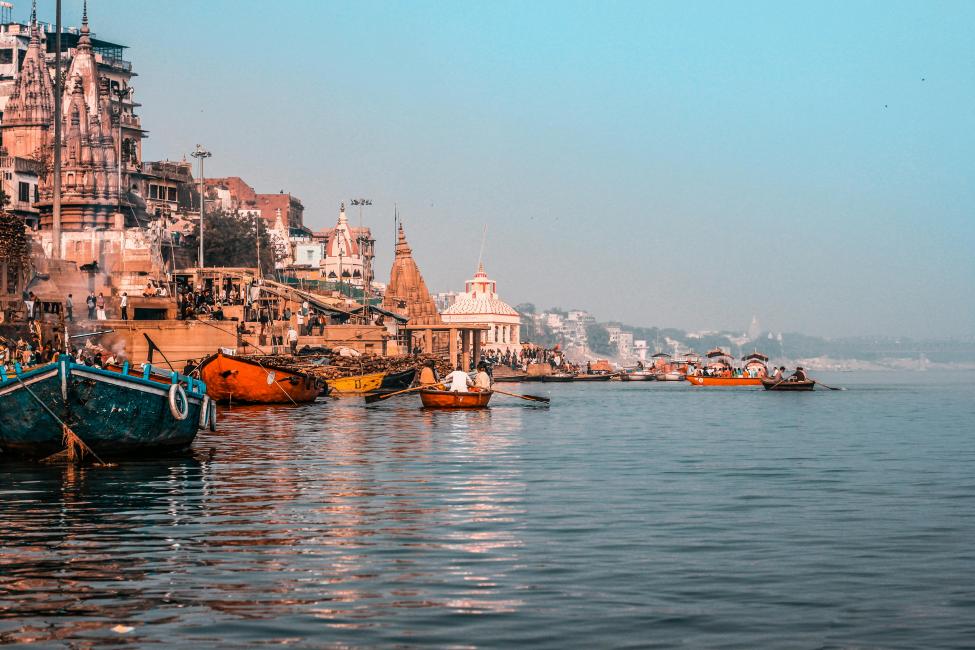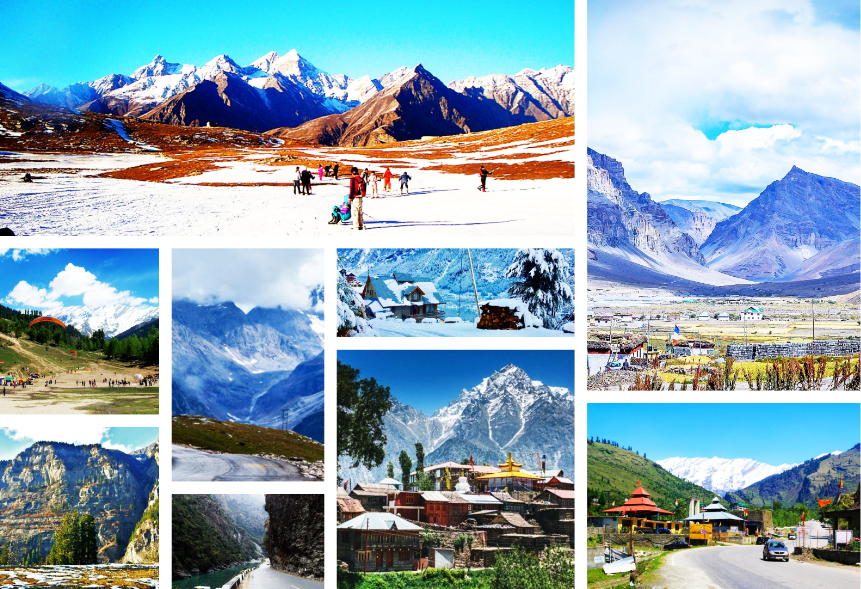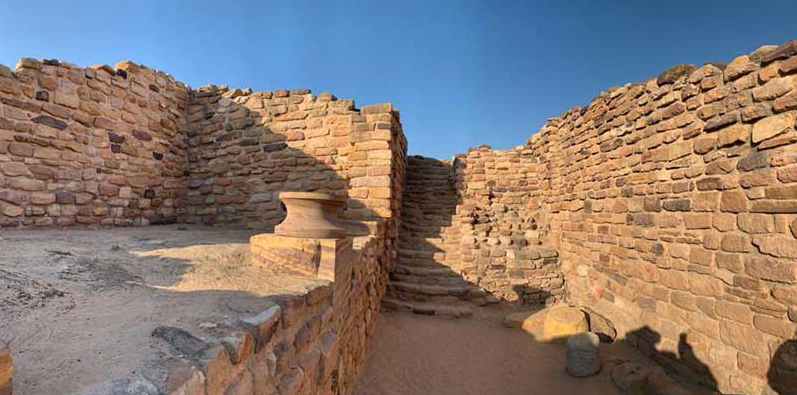 The Citadel, Dholavira
The Citadel, Dholavira
Dholavira - The Lost City of the Harappan Civilization
Dholavira, in Gujarat’s Kutch region, is a remarkable Harappan archaeological site showcasing ancient urban planning and water management. From citadels to step wells, it offers a fascinating glimpse into India’s prehistoric civilization. A must-visit for history and archaeology enthusiasts.
Dholavira
Nestled in the arid landscapes of Kutch, Gujarat, Dholavira is one of the most remarkable archaeological sites of the ancient Harappan Civilization (Indus Valley Civilization). Known for its advanced urban planning, water management systems, and unique architecture, Dholavira offers a rare glimpse into India’s prehistoric urban life. It is considered one of the five largest Harappan sites in India and continues to fascinate historians, archaeologists, and travelers alike.
History of Dholavira
Dholavira dates back to around 3000 BCE, making it over 4,500 years old. It was discovered in the early 1960s and excavated extensively over the years, revealing a well-planned city with fortified walls, a sophisticated water storage system, and well-laid streets. Dholavira reflects the ingenuity and engineering skills of the Harappans, especially in water conservation and urban design - crucial in the arid Kutch region.
Top Attractions in Dholavira
1. The Citadel: The citadel forms the central part of the city and showcases a complex structure of defensive walls, gates, and residential areas. It was designed to protect the city from invasions while maintaining organized urban planning.
2. The Lower City: This area housed common citizens and had streets, wells, and water reservoirs. The layout reveals the Harappans’ advanced knowledge of urban design and public infrastructure.
3. Water Reservoirs and Step Wells: Dholavira is famous for its ingenious water management system, which included large reservoirs, channels, and step wells to store and conserve rainwater in this dry region.
4. The Middle Town: This section includes administrative buildings and public spaces, reflecting the governance and social structure of the Harappan society.
5. Harappan Signboard: Dholavira has yielded inscriptions in the Harappan script, including a unique signboard, offering insights into the written communication of that era.
6. Temples and Civic Structures: While primarily a residential and trade city, excavations have revealed platforms that might have been used for religious or civic purposes, highlighting the cultural practices of the time.
7. Museum and Interpretation Centre: The Dholavira Archaeological Site Museum displays artifacts such as pottery, tools, ornaments, and seals excavated from the site, helping visitors understand Harappan life.
Best Time to Visit
The best time to visit Dholavira is from October to March, when the weather is cooler. Summers can be extremely hot and dry, making it difficult to explore the archaeological site.
How to Reach
- By Air: The nearest airport is Bhuj Airport (220 km from Dholavira).
- By Train: Bhuj Railway Station is well-connected to major Indian cities.
- By Road: Dholavira is accessible via well-maintained roads from Bhuj, Mandvi, and other parts of Kutch.
Nearby Attractions
- Great Rann of Kutch (60 km) - Famous for its white salt desert, especially during the Rann Utsav.
- Koteshwar Temple (100 km) - An ancient Shiva temple near the coast.
- Mandvi Beach (150 km) - A tranquil coastal spot for relaxation after exploring the ruins.
Significance
Dholavira is a testament to the Harappan Civilization’s ingenuity in urban planning, architecture, and water management. Its preservation allows historians and tourists to explore the life of a civilization that thrived over 4,500 years ago.

 Chennai - Explore Beaches, Templ..
Chennai - Explore Beaches, Templ.. Ram Ghat Ujjain: The Sacred Hear..
Ram Ghat Ujjain: The Sacred Hear.. Mahakaleshwar Jyotirlinga - The ..
Mahakaleshwar Jyotirlinga - The .. Bharatpur Bird Sanctuary - A Par..
Bharatpur Bird Sanctuary - A Par.. Nyari Dam, Rajkot - A Tranquil G..
Nyari Dam, Rajkot - A Tranquil G.. Neer Garh Waterfall Rishikesh - ..
Neer Garh Waterfall Rishikesh - .. Rajwada Palace, Indore - A Timel..
Rajwada Palace, Indore - A Timel.. Dashashwamedh Ghat Varanasi - Ga..
Dashashwamedh Ghat Varanasi - Ga.. Ashoka Pillar, Sarnath - The Sym..
Ashoka Pillar, Sarnath - The Sym.. Jallianwala Bagh - A Place That ..
Jallianwala Bagh - A Place That .. Kumhrar Park, Patna - A Window t..
Kumhrar Park, Patna - A Window t.. BHU Campus, Varanasi - A Green, ..
BHU Campus, Varanasi - A Green, .. Anamalai Tiger Reserve (Topslip)..
Anamalai Tiger Reserve (Topslip).. Sarafa Bazaar Night Food Market,..
Sarafa Bazaar Night Food Market,.. Mandawa: The Open-Air Art Galler..
Mandawa: The Open-Air Art Galler..
